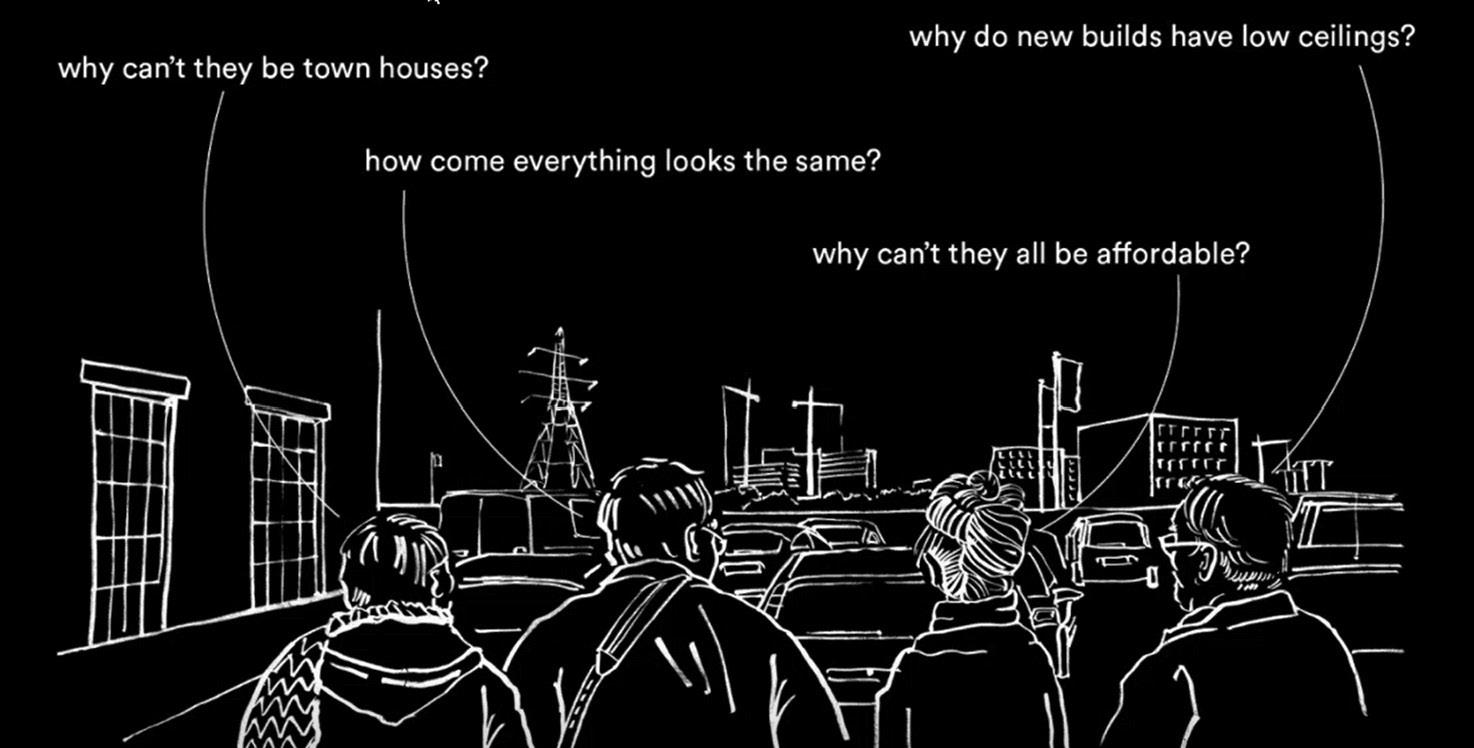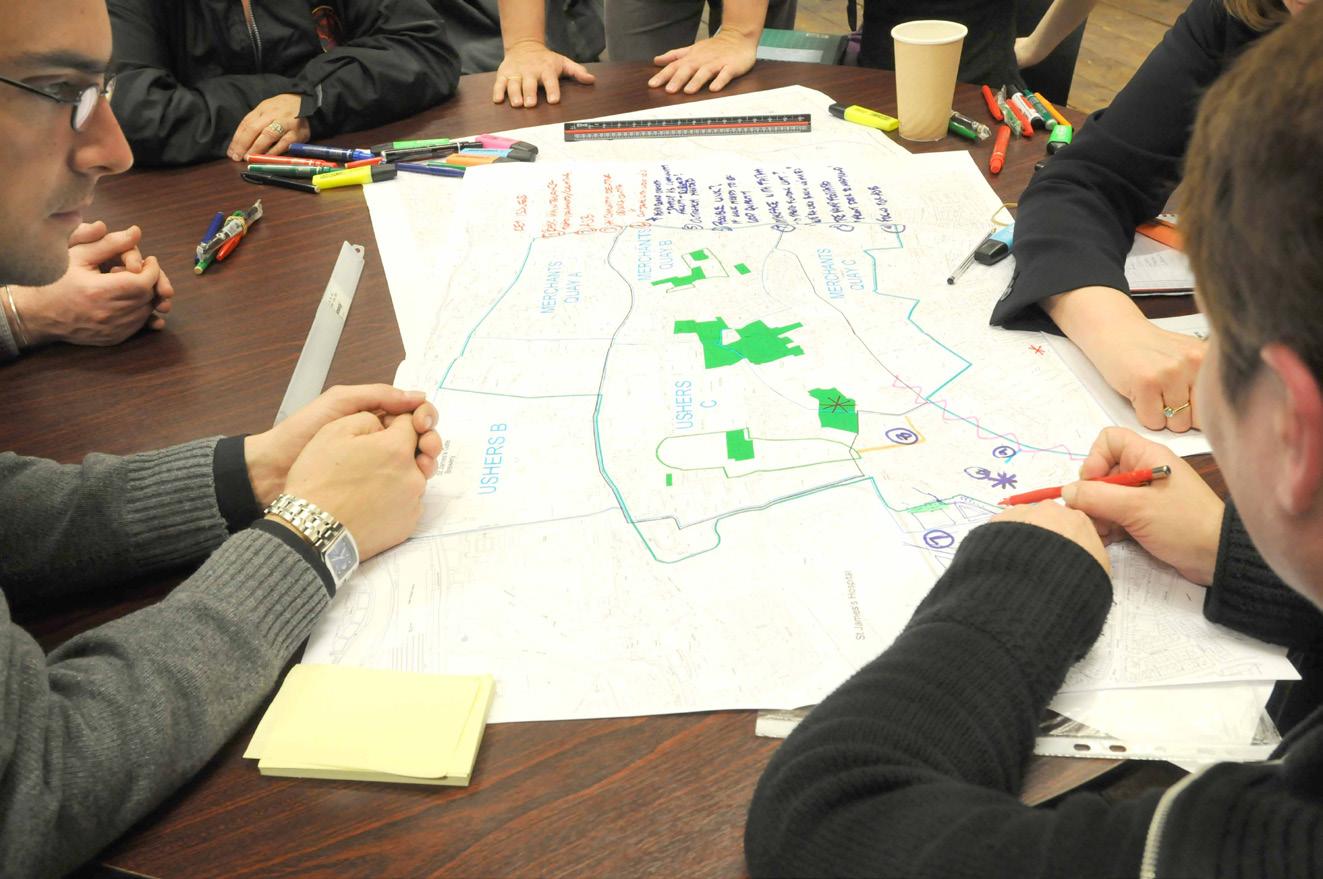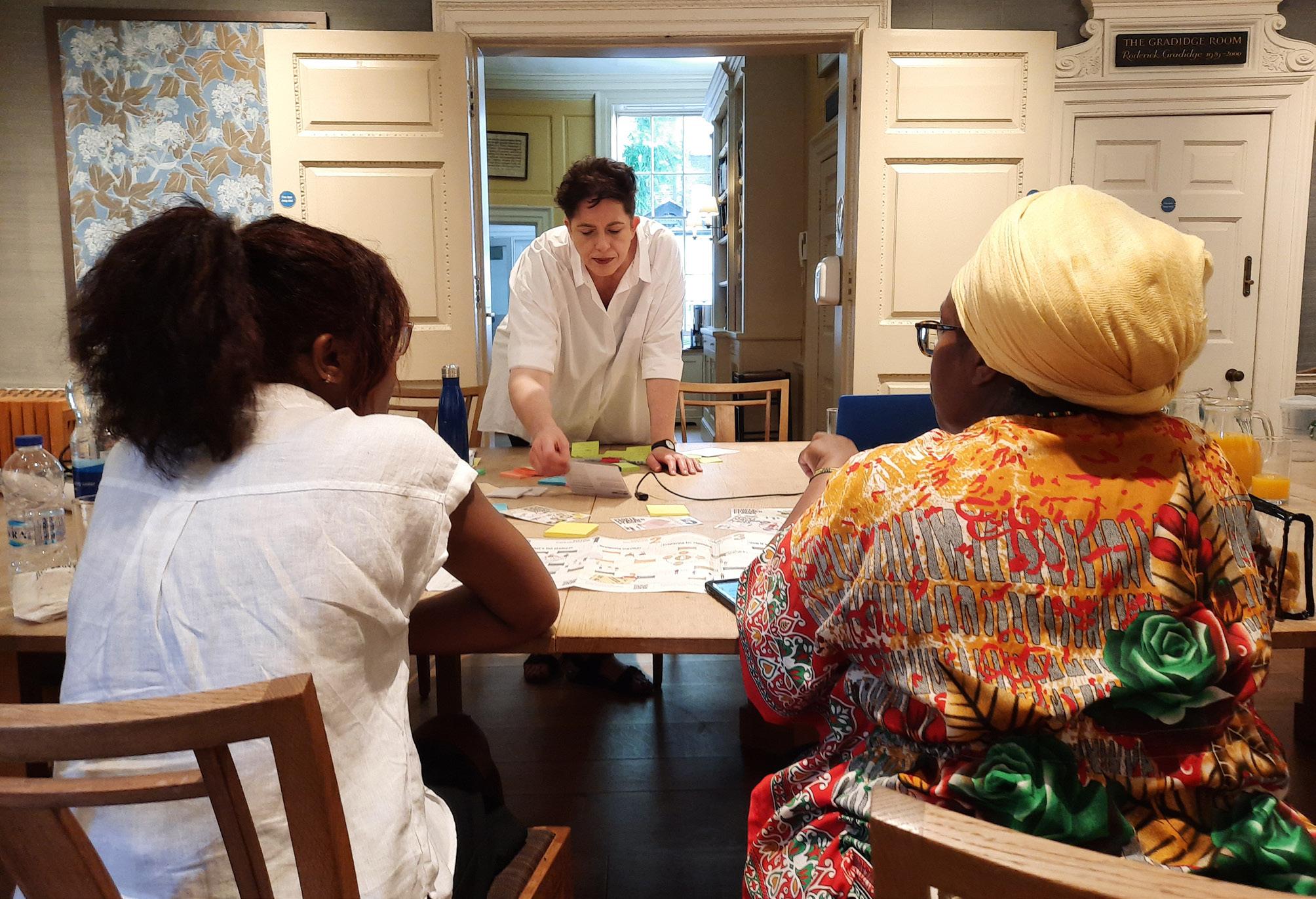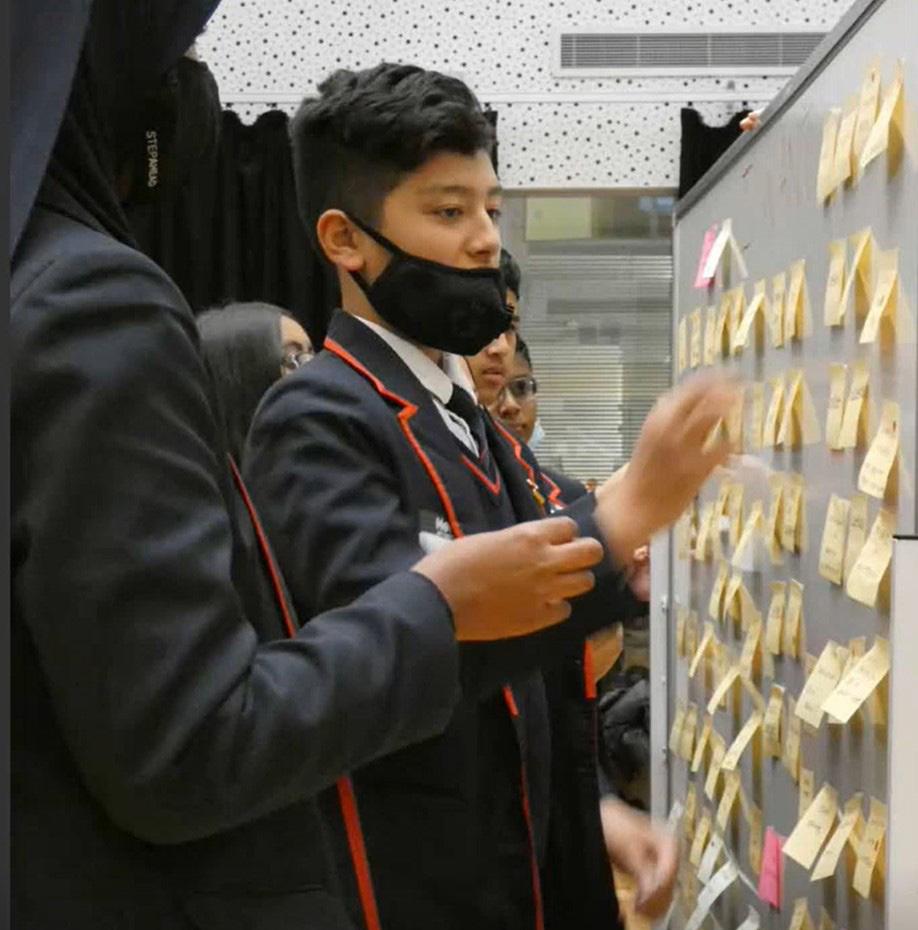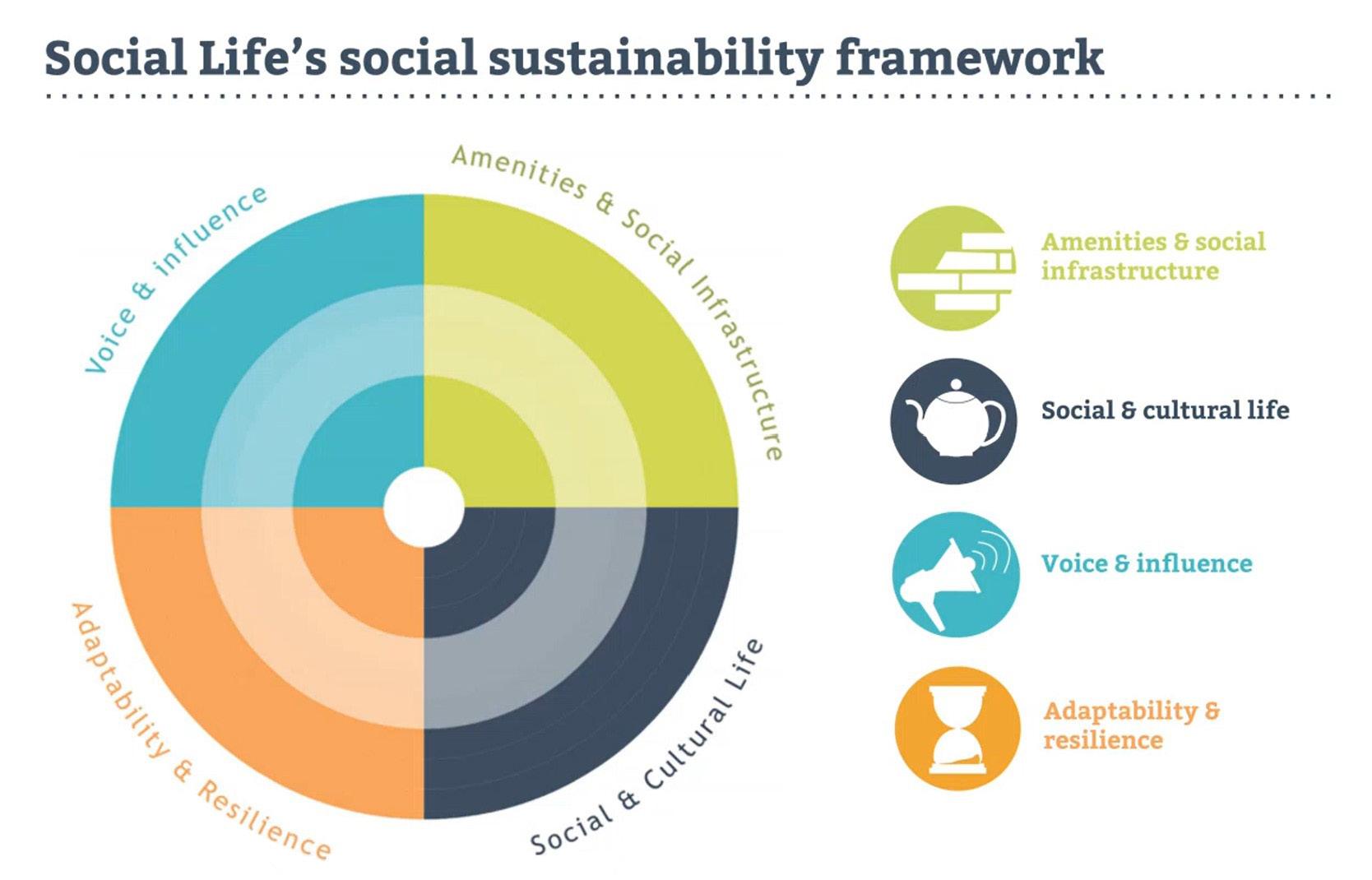
2 minute read
Expert Reflection : Visualising viability
Visualising viability
Gemma Holyoak and Michael Kennedy, MEAD Fellows
Advertisement
Visualising Viability is a MEAD Fellowship funded project developing tools to demystify development viability. The project is developing a standalone board game which allows participants to play the roles of architect, developer, surveyor and planner to collaboratively build a viable scheme.
People are questioning the developments happening in their cities. For instance: why can’t new developments have family housing, a community centre, and good quality materials? Much of the time, these decisions are informed by viability assessments and the needs of finance rather than those of the community or the optimum design for a site.
Coming from a tradition of radical play, such as The Landlord Game, which was co-opted as “Monopoly” following a copyright expiration, Visualising Viability seeks to expose the characters, forces and issues that underpin viability in construction.
Elizabeth Maggie designed The Landlord Game in 1902 as a critique of the exploitative nature of landlords and rent extraction. In contrast to the modern version, the player would go through the game and learn how the landlord class exploited the renter.
Visualising Viability is designed to scrutinise the inputs of a viability assessment, exposing how developments come to be and how the rising cost of land, construction and finance is leading to a rise in skylines and property prices.
Just as people can manage their household finance, they can understand the simple mechanisms that inform a viability assessment.
The game is simplified, and intended to be a gateway to become involved in local community networks or participate in engagement events.
It was interesting listening to Andrea Doyle on the governance of the Marmalade Lane cohousing project where ‘working groups’ of members of the intentional community focused on different workstreams of the development. As the ultimate developers of the scheme, the members of the cohousing group always had a view of the scheme’s viability appraisal. They understood every detail of the appraisal and how fluctuations in interest rates, build costs and values would affect the scheme’s viability. Denise Murray raised an example of a client who shared their viability appraisal with the community involved with the project. This transparency helped the community understand the restrictions of the development which ulitmately allowed for support for the scheme. However, this project also highlighted the need for training and time to engage with people so that they truly understand the information being supplied to them as part of this open process. The idea was raised that a game would be a useful way to debunk myths.
One factor which was highlighted in the discussion was that professionals, not just the public or communities, would also benefit from a game that explains the mechanisms of viability. This touched on the fragmented nature of the built environment where planners, architects and designers are often serving, or subject to, forces of viability without fully understanding where their roles fit in.
Finally, the importance of ethics in prototyping tools for community engagement was raised as a key issue. People who are engaged with nearby development or those who may feel under threat of losing their homes, such as an estate renewal project, should be respected and engaged with as partners not test subjects.

